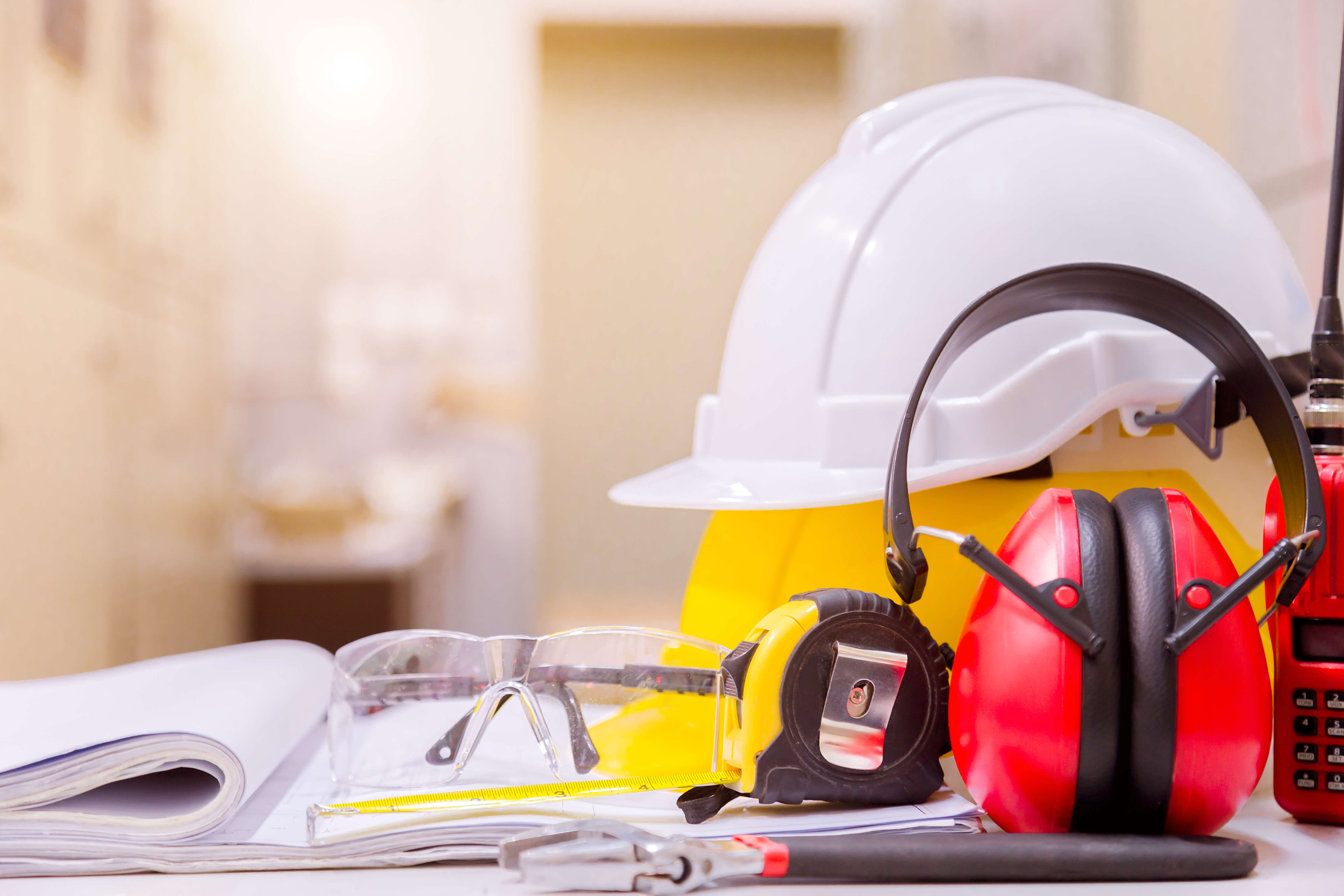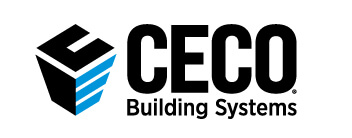New Best Practices to Promote Safer Jobsites
Posted on June 23, 2020 by Todd Mercer
Every year the U.S. Bureau of Labor Statistics reports on the number of reported injuries, illnesses and fatalities that occur in a variety of work situations, including the construction industry. According to the latest data (2018) there were three incidents reported for every 100 employees—essentially saying that three percent of the construction workforce was involved in a reportable injury, illness or fatality that year. While that rate is down from prior years, the fact remains that any such incident is a difficult and often costly issue to recover from for both employees and employers. Therefore, it is not surprising that workplace safety is seen as a primary focus among many construction workers and managers.
When a specialty subcontractor, such as a metal building erector/installer, is preparing to work on a job site that is managed by a general contractor or construction manager, one of the first points of discussion is usually safety. In addition to general safety policies and procedures for a specific project’s job site, there are also regulations provided by the Occupational Safety and Health Administration (OSHA) that usually need to be taken into account. There may also be local safety requirements related to construction. In addition, with all of these there is the potential for random inspections and significant fines imposed for non-compliance. It therefore becomes incumbent on all parties to communicate and document some important items, including those that follow:
Job Site Safety Plan
A site Safety and Health Plan is usually the starting point for not only general contractors, but also for subcontractors as well. These plans describe the potential hazards of the work site, along with all company policies, controls and work practices adopted to minimize those hazards. Commonly, a general contractor will request a Safety Plan from subcontractors before they are allowed to step foot on the site and begin work. The subcontractor plan needs to be reviewed and coordinated with the general contractor’s plans for consistency and commonality on issues such as accident prevention, equipment, reporting incidents, etc. Technically, OSHA does not require a formal written comprehensive Safety and Health Plan, although it is highly advised and in fact required by some states. There are a number of free templates and fee-based computer software computer programs that are routinely used in the creation of such comprehensive plans.
Site Conditions
Not all sites are the same, and each one can provide different conditions that impact what defines a safe work environment as compared to another site. Things like open excavations, raised areas, wet areas, and more all need to be addressed in terms of how people move about these locations and what protective measures are in place (guard rails, gates, etc.). Equally as important is the identification of who controls the site and regulates which workers can safely work where.
Fall Protection
Falls from a raised elevation are the leading cause of fatalities on construction sites, accounting for over a third of job site deaths according to the BLS (366 of 971 fatalities in 2017). It is likely that all of these were preventable by following some very simple safety practices. For installers/erectors of metal buildings in particular, the best preventive measure is the proper use of safety harnesses by all workers who are carrying out any duties above the next lowest level. Note that it is not enough for an employer to simply provide the harnesses. Rather, all employees must be trained in how to use them, what to do if something is not functioning properly, and how to react in case of a fall while wearing one. The harnesses themselves must be inspected every day (not just weekly or monthly) for any wear, loose items, or damage. It’s also advisable to ensure harnesses are certified for compliance with the current requirements as of a particular date. If the requirements change, which they often do, then the equipment can become out of date and is no longer certified. In that case, enhancements or replacements may be required.
Moving Objects
Equipment (i.e. a crane, lift, boom, etc.) is routinely used on a job site to move materials of all types, particularly steel components. When those materials are hoisted and moved into place, there is a risk to people who may be working nearby or adjacent to the equipment. It is in the interest of jobsite safety that clear communication or warnings are understood by all workers whenever moving objects are involved in construction. Given the relatively heavy weight of some of the materials, even a brief lapse in attention to oncoming objects can cause significant harm or a fatal encounter.
Equipment
All equipment used on a job site is subject to mandatory inspections. If the equipment is leased (which is the most common situation) then the leasing company usually has detailed records of maintenance history, safety compliance, etc. These records should be requested and presented for inspection to demonstrate the safety of the equipment. If the equipment is owned by a contractor, then the same type of records need to be available and presented showing that all pieces of equipment are checked and inspected in a timely manner.
Personal Protection Equipment (PPE)
Construction safety standards have long been diligent on the use of masks, shields, hard hats, gloves, boots, and other devices to protect workers heads, hands, feet, and lungs where appropriate. The recent coronavirus has pointed out the importance of similar items in terms of public health as well. In all cases, these items need to be made readily available by employers or clear indications must be given as to what the proper safety attire is in order to be allowed to work on any job site.
Overall, safety is everyone’s concern and the only way to achieve and maintain safe work sites is for everyone to communicate and work together on common safety goals. To find out more about how to achieve this on your current or next project, contact your local Ceco representative.


